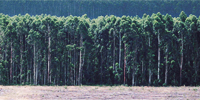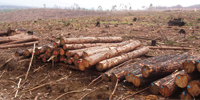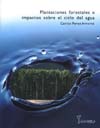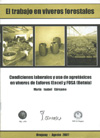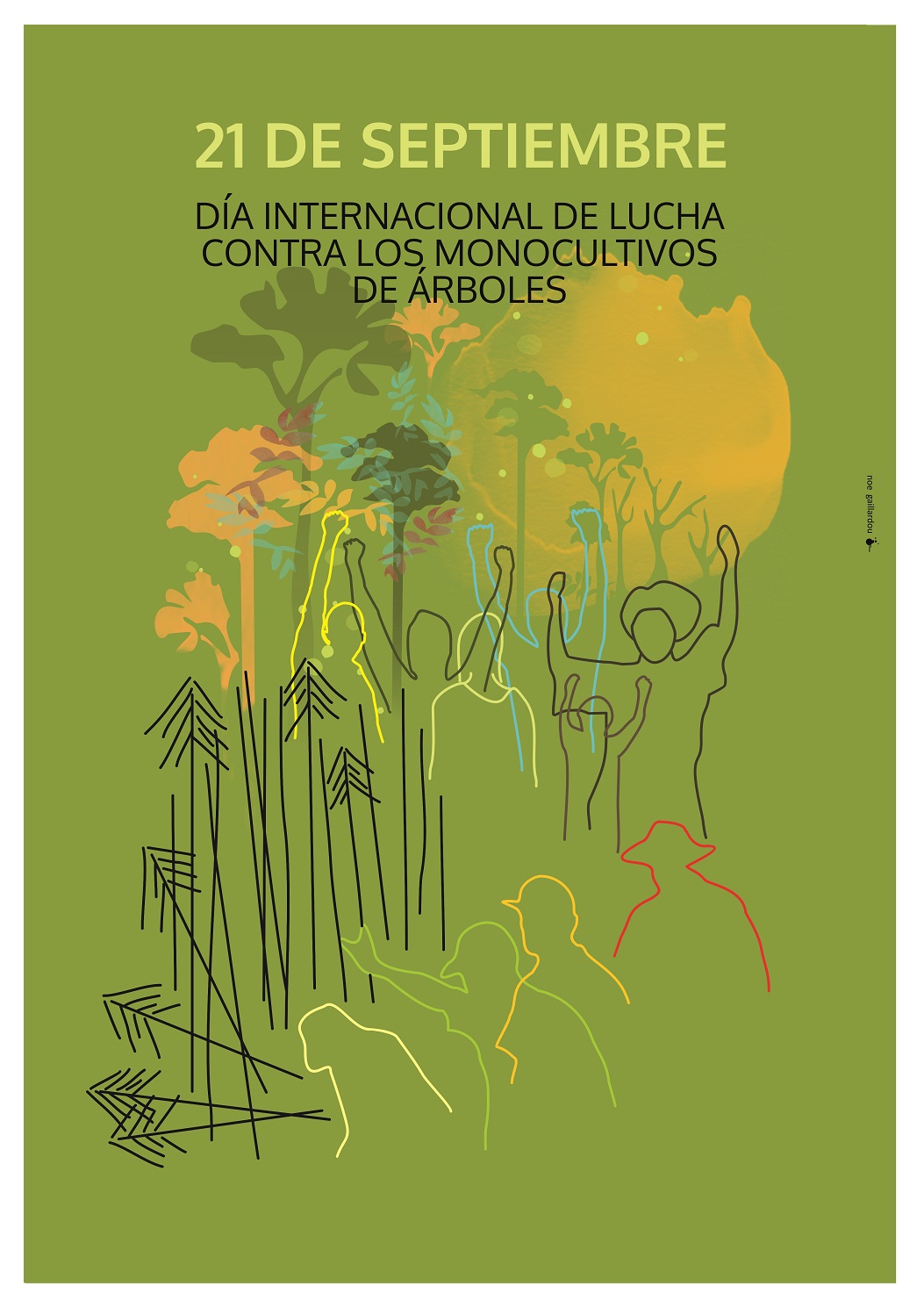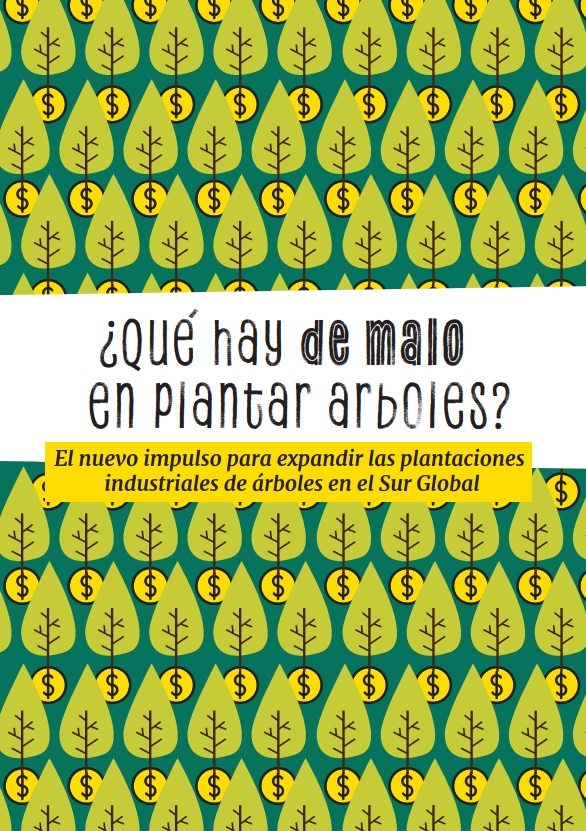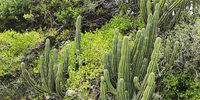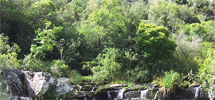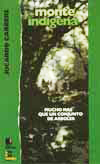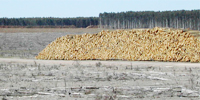The Quebrada de los Cuervos canyon, located in the mountains of the Treinta y Tres Department, was the first area to be registered as one of Uruguay’s National Protected Areas (2008) for its rich landscape, its biodiversity and because it is representative of native ecosystems. Made up of grasslands, canyon bottom forests, gallery forests and creeks, this area is a biological corridor for a variety of species of flora and fauna.
The area’s classification as a “Protected Landscape” allows inhabitants who live on land located in and around the area to remain there and continue to practice their traditional farming activities. The Land Management Plan drafted for the protected area stated the need for a buffer zone between the protected area and the rest of the rural surroundings. It set a demarcation encompassing the mountain ranges of the Yerbal Grande and Yerbal Chico creeks and the Yerbalito sub-basin, which was accepted by local citizens. However, years later this buffer zone has yet to be officially confirmed by authorities.
Because of the risk they pose, activities that are prohibited in the protected area include afforestation and mining, which should logically be prohibited in the buffer zone as well. In recent years, however, forestry companies like Weyerhaeuser (Colonvade S.A, US), Pradera Roja (Phaunos Timber Fund, investment fund, UK) and Forestal El Arriero (Global Forests Partners, pension fund, US) have established monoculture pine and eucalyptus plantations inside the buffer zone. These are exotic, invasive species in this region that put the Quebrada de los Cuervos at risk.
Forestry Investment Funds. Investment or pension funds from the Northern Hemisphere have become a notable presence in our rural areas in recent years. These funds purchase land in Uruguay and elsewhere in the Southern Hemisphere to transform it into monoculture eucalyptus plantations, which prove very profitable indeed for their investors but generate serious social and environmental impacts locally. The Phaunos Timber Fund, for example, just sold a private investor 690 hectares of land forested with eucalyptus in the Cerro Chato area for US $2.9 million; the company had purchased the land for US$ 1.3 million in 2009.
In 2009 this company was reported by local citizens for going forward with a forestry project and failing to inform the Ministry of Environment that it was located adjacent to the protected area. Not only they did not adhere to the basic criteria for preventing soil erosion, they also applied vast quantities of agrotoxics that killed native fauna. The claim resulted in a temporary suspension for the company and, several months later, a laughable fine that still is unclear if it was ever actually paid.
The Forestal El Arriero S.A. Case. The Forestal El Arriero S.A. company, which is owned by the US company Global Forests Partners, a timber investment management firm with pension funds, went down the same path. It currently owns 26,000 hectares of land in Uruguay, 16,000 of which are forested and under management by the Chilean company Cambium Forestal Uruguay S.A.
Forestal el Arriero established a pine plantation in 2009 in the “Obdulio” area, located within the Quebrada de los Cuervos buffer zone, without previous authorization from the Ministry of Environment. It was not until the trees were over 1-meter tall and they had finished applying agrotoxics that they applied for the corresponding permit.
Once again, thanks to the charges and testimony submitted by local citizens in April 2011, said plantation was deemed illegal. The company violated Uruguayan regulations, and the researchers who carried out the environmental impact study of the tree monocultures were held liable for falsifying the information they submitted to the Ministry. However, even though the Ministry ruled to suspend all forestry activity by the company, rendering it liable to be fined, it allowed the company to continue with the paperwork to obtain the environmental permit.
A very noteworthy public hearing. Despite the circumstances just described, the Ministry of Environment (DINAMA) called a public hearing in September of 2012 for the Obdulio timber project¬– already underway for three years– to be “presented” to the community. The hearing was announced with little advance notice and coincidentally scheduled at the same time as an important soccer match (a very relevant detail in Uruguayan culture). Nevertheless, this did not prevent local citizens, farmers and representatives of civic organizations from turning out for the hearing.
People’s outrage at the hearing was apparent when company representatives began using technical language to describe the timber project “to be implemented,” as if the plantation didn’t already exist. Citizens immediately demanded that the Ministry of Environment NOT grant the permit, reiterating the claims submitted in early 2011 about planting and illegal fumigation. They also argued that the company should eliminate all the trees planted and that the Obdulio area be incorporated into the native pastureland recovery project fostered by the Quebrada de los Cuervos Rural Advancement Society.
It was clear during the hearing that the Obdulio plantation has no public support. The company expressed its respect for “forests” (monoculture pines) and for biodiversity in an attempt to justify the unjustifiable. Its arguments were, however, weak and misleading in response to the questions put forward by the public.
In addition to illegal… certified? According to statements from one company representative, in May 2009, Forestal El Arriero S.A. received sustainable forest management certification from the Forest Stewardship Council, an international organization that has increasingly lost credibility for certifying that these large-scale monoculture forests are “environmentally appropriate, socially beneficial and economically viable.” Of these three affirmations, there is no doubt that the only one that is certain is that it is “economically viable”…for the investment company!
It is curious that the company received certification three years before the public hearing in which it presented its project to the local community. When asked by citizens about which communities had been consulted during the certification process, the company’s answer was “I don’t remember”—a bit hard to believe in a small community of the Treinta y Tres district, especially since the region’s principal organizations were present at the hearing and said they had not been consulted.
Local Voices. Benedicte, one of the founders of the Quebrada de los Cuervos Rural Advancement Society, asserts that “the inhabitants of this place feel threatened by this pine plantation, which are considered invasive species; by the poisoning of the water in Yerbal Chico Creek and the death of our native fauna caused by fumigation with herbicides; and above all by the destruction of our native pasturelands. The Advancement Society claims the local population’s right to land and to keep traditional cattle-raising practices on natural pastures. We reject large-scale monoculture plantations, the use of agrotoxins and mining, because they affect our culture and our way of life.”
Carlos, a local citizen who has lived for 23 years in the area, says that this issue is of great concern. “On one hand there is the core area or protected area, and then there is the adjacent area or buffer zone intended to protect the canyon, which is where they are planting pines and there are also plans for lime mining. Something is not right! This is why we have come here to voice our grievances and find out how it is that, if we reported in April of 2011 that the company had illegally planted and fumigated the land without a permit from the Ministry of Environment (DINAMA) or an environmental impact study, they are now here presenting this project to us as if it were something new.”
Ana María, another local citizen and member of the Uruguayan Association of Rural Women (AMRU) says that “the impact that concerns us first is the effect on the water, mainly all the contamination from agrotoxics that also affects native flora and fauna. After they fumigate, there are always dead animals. There is life there that either dies or migrates, there are species that are disappearing; in the future we’re going to have a vast green desert here and in the rest of Uruguay where these tree plantations are concentrated. We are a very small country, we cannot have so much territory under monoculture plantation. We must put a stop to it and say “No more!”
Responsibility of the authorities. Another unanswered question referred to the approval granted to the Obdulio forest project by the General Forestry Department in spite of its 2006 report on the invasion of exotic species in the Quebrada de los Cuervos. In the report, Department officials identified a “notorious proliferation of exotic tree species” in reference to pine, eucalyptus and acacia trees, adding that “said situation poses biological contamination that must not be neglected since they are rapid-growth species capable of effectively competing with local vegetation.”
The role of the National System of Protected Areas (SNAP) has become blurred and the delayed approval of the final version of the Land Management Plan indirectly fosters the establishment of timber and mining projects in the zone.
It is imperative that the measures proposed under the Land Management Plan are carried out, including: make the proposed limits for the buffer zone official; eliminate the “forestry priority” from land inside the buffer zone; apply cautionary measures as long as the Territorial Zoning Law for the region is not implemented; and restrict production projects such as afforestation, mining and industrial construction upstream from the protected area.
The “stop” is in the hands of SNAP, the Ministry of Environment, the Forestry Department and the Municipality of Treinta y Tres. Will these authorities say “No more” and take a chance on what will truly, in the short and long run, benefit local citizens and the country?
Grupo Guayubira, September 2012 – http://www.guayubira.org.uy/
Article also available in Spanish, Portuguese and French.

